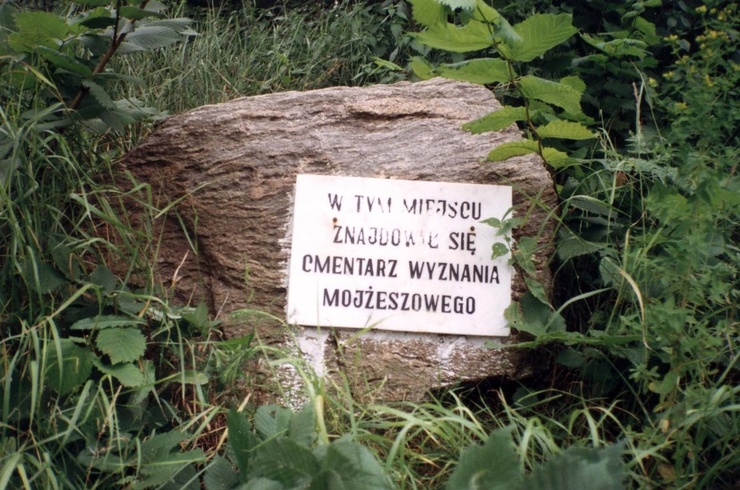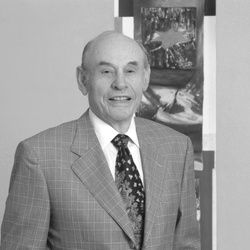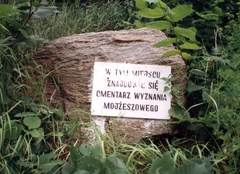Czerniejow
Pronounced "Chair-nee-EH-yoov" (Ukrainian: Cherniiv / Чepнiїv)
The area around Czerniejów was first settled more than a thousand years ago in the 800s. Over the following centuries the region passed between the Polish-Lithuanian Commonwealth, the Hapsburg Empire and the Russian Empire before being incorporated into the Austro-Hungarian Empire in 1815. Throughout the centuries Jews were subject to various forms of hatred and discrimination. Often their rights were limited and Jews were subject to periodic outbursts of violence.
By the early 1900s most of the Jews in the village of Czerniejów worked as farmers in the rich, dark soil of the region known as the “breadbasket” of Europe. Survivor Bill Morgan remembered that his family “struggled for a living” on the three parcels of land his family farmed. Morgan explained, “Since we did not have a horse and really did not have enough farm hands to extract as much food as we could, we were constantly short of potatoes and cabbage and so on.” Morgan would later describe his upbringing as “poor but with love.”
After World War I, Czerniejów became part of the country of Poland. Jews found themselves caught in the middle of ethnic tensions between the majority Ukrainian population and the minority Polish population. Morgan said, “Most of our neighbors were Ukrainians. There were very few Polish people in that village, and I was punished from the day I could walk by my gentile [non-Jewish] friends.” Morgan continued, “I was always called a ‘no-good Jew,’ and therefore I was always either beaten up or kicked or stoned” (pelted with rocks).
Morgan and his six brothers and sisters attended the one public school in the village, where Morgan recalled being subjected to “constant antisemitism and constant punishment by my schoolmates.” The Morgan family children also attended a cheder (Jewish kindergarten) to receive religious instruction.
The town’s Jewish population of 85 families generally observed traditional Orthodox customs. Families spoke Yiddish at home and the men kept long beards. Morgan said, “We had a nice Jewish community” with two synagogues. He added, “I recall going to synagogue almost every weekend, every Saturday. I recall that I had to pray constantly with my father. He was very strict with his religion, and we had to obey.”
Morgan was 14 years old when the Soviet Union invaded Czerniejów in September 1939. After the subsequent German invasion in the summer of 1941, Morgan remembered, “they drowned a religious Jew, cut his beard and … threw him in the water.” With his family, Morgan was then forced into a ghetto in neighboring Stanisławów.
Of his parents and six siblings, Morgan was the only member of his family to survive. This small community was one of many destroyed in the Holocaust.
Czerniejow: Photographs & Artifacts
-
 A memorial monument in Czerniejów marks the former location of a Jewish cemetery in a forest. Credit: Yad Vashem
A memorial monument in Czerniejów marks the former location of a Jewish cemetery in a forest. Credit: Yad Vashem
Destroyed Communities Memorial Slope
Czerniejow: Survivors

I was punished from the day I could walk by my gentile friends. I was always called a ‘no-good Jew’ and therefore I was always either beaten up or kicked or stoned. My parents didn’t do any explaining. The answer that I got from my father is that G-d will punish them and we are supposed to be the Chosen People . . . and I was always waiting for them to be punished. In the meantime, I got beaten up pretty good.
